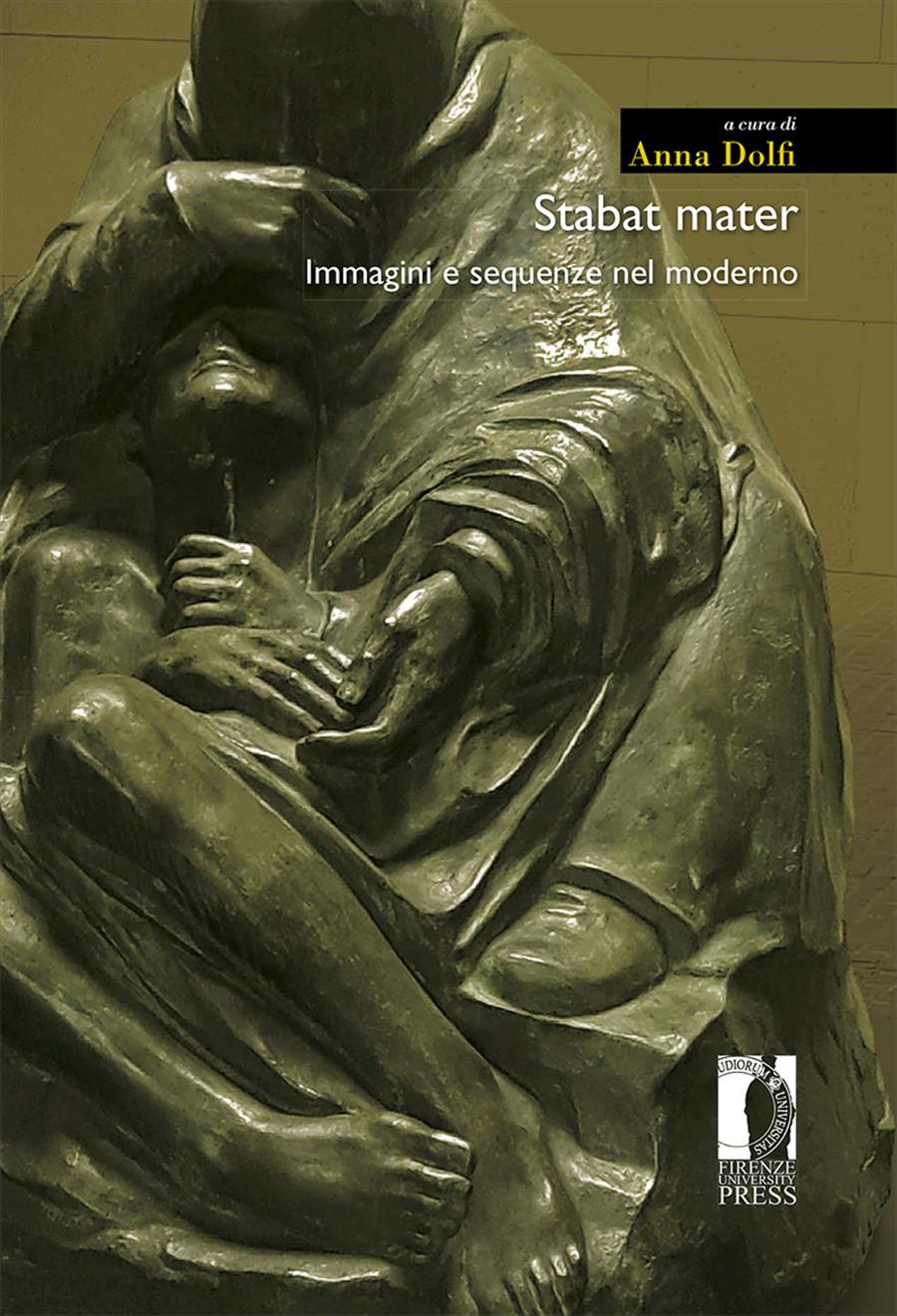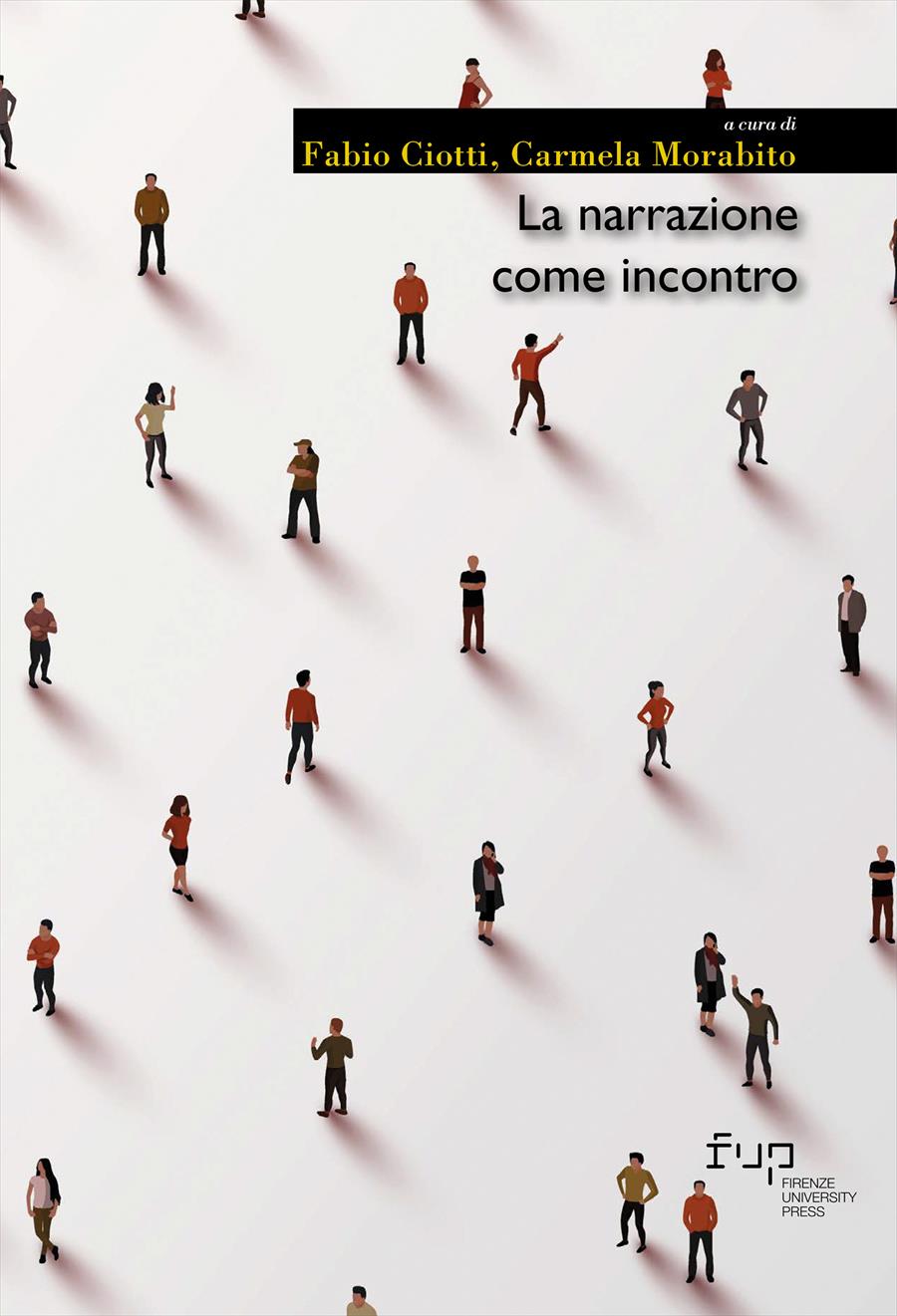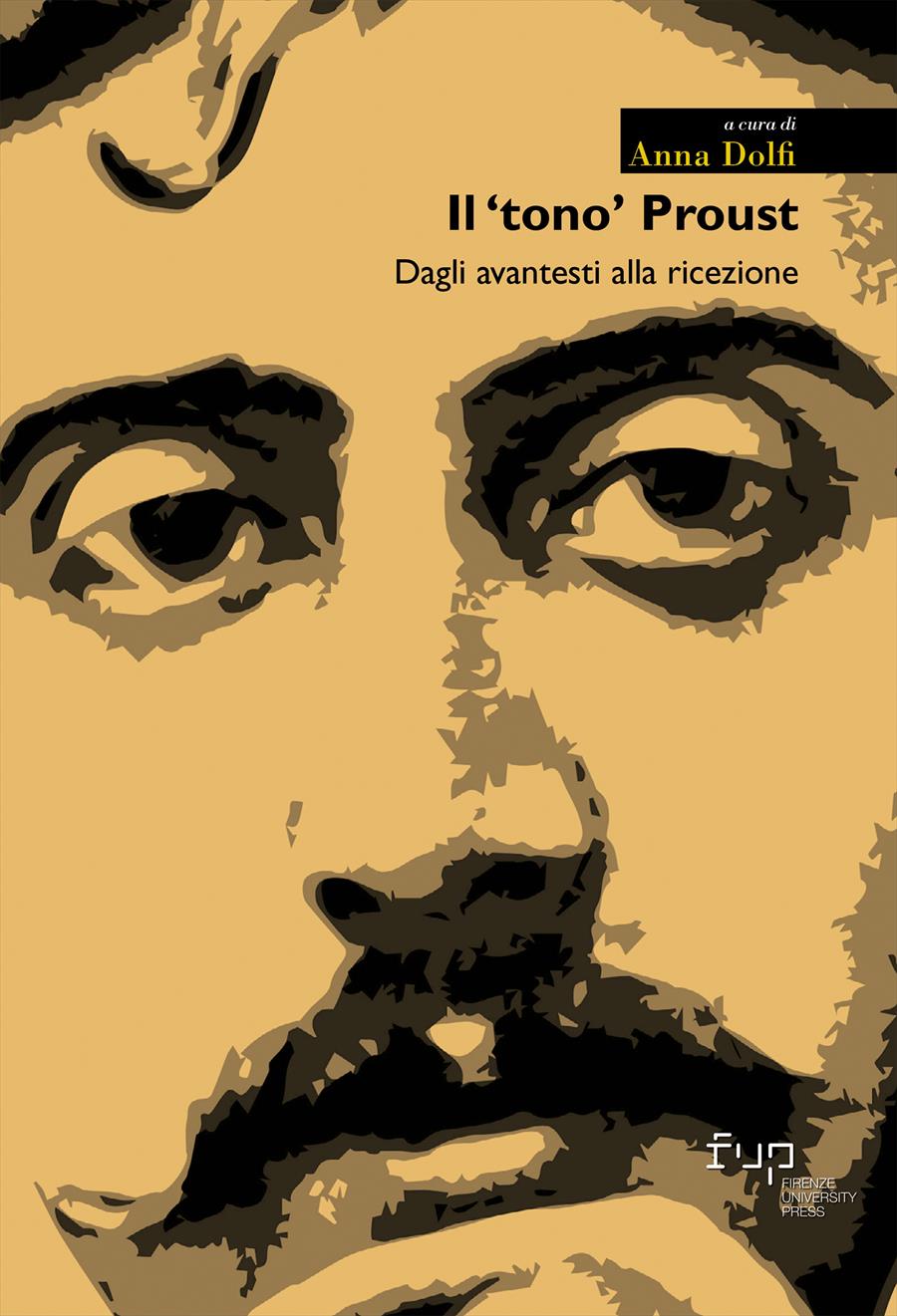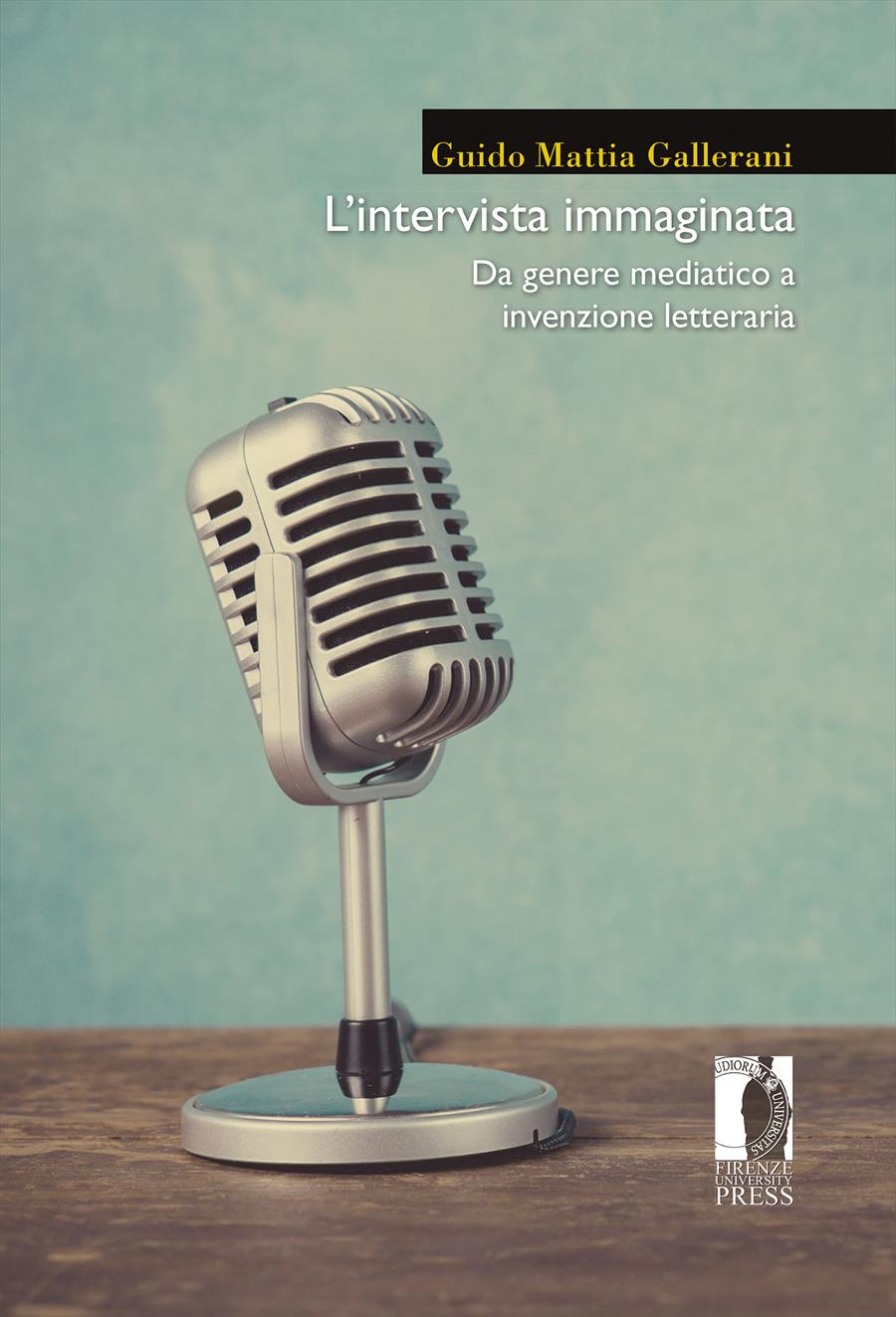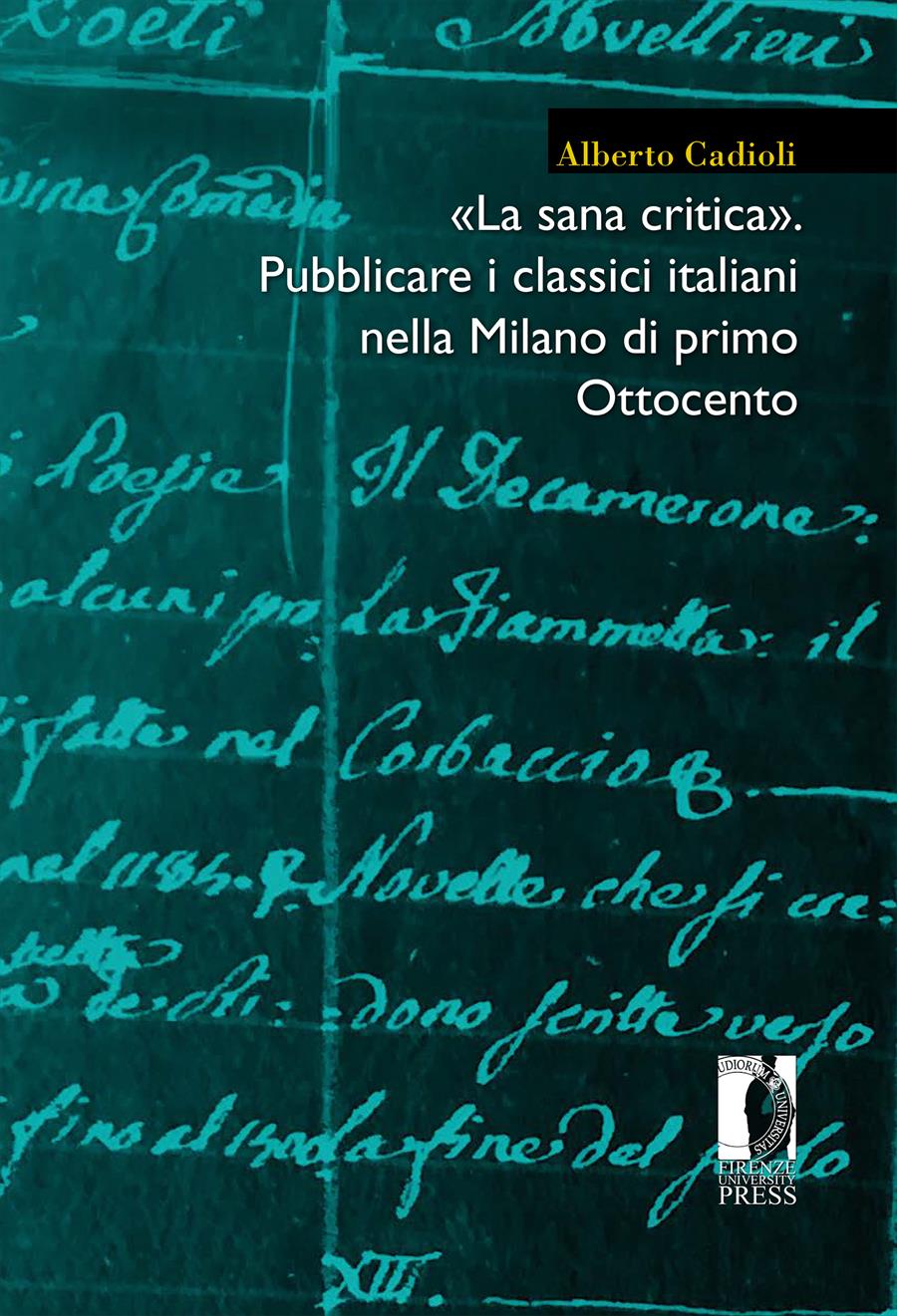Stabat mater
Immagini e sequenze nel moderno
- A cura di:
- Anna Dolfi,
Lo stabat mater, come pochi altri oggetti della tematologia, vede una stessa postura tradursi in linguaggi diversi, registra il modificarsi e il persistere di una gestualità che dà voce all’inaccettabilità della perdita e alla durata immobile del dolore. Dalle mères en deuil dell’antichità classica al venir meno di Maria ai piedi delle crocifissioni che hanno scandito la storia dell’arte, da Jacopone da Todi, dal Giotto degli Scrovegni ad oggi, rilievi in pietra e in marmo, pannelli lignei, affreschi, vetrate, incisioni, tempere, olii, manoscritti, scrittura, accanto alle note di Palestrina, Vivaldi, Scarlatti, Pergolesi, Boccherini, Rossini…, hanno riproposto la figura della madre dolente. In questo libro si è cercato di registrare le costanze e le alterazioni del topos, sottolineando le differenze che esistono tra espressioni verbali, musicali, visive in relazione al mutamento dei tempi, al rovesciamento del ruolo. Se la narrativa, soprattutto italiana, è presente con Manzoni, Fogazzaro, D’Annunzio, Gadda, Vittorini, Pavese, Dessí, la Morante, Calvino…; la poesia con Gatto, Jaccottet, la Szymborska, la Merini, Yves Bichet…, quanto intriga, in questo complesso volume ideato e curato da Anna Dolfi , è il tentativo di muoversi su terreni quasi di confine, facendo parlare il cinema (Pasolini), l’architettura, facendo interagire la musica con la letteratura e i libretti d’opera, intrecciando colonne sonore con film di successo, dando modelli figurativi alla fotografi a (con gli scatti di Letizia Battaglia). Testi poetici di De Signoribus e Vegliante, per l’occasione ricondotti al tema, sigillano una ricerca che si interroga su modelli e tipologie, mostrando anche l’esistenza di un ulteriore recente rovesciamento, quello, inedito, che vuole che sia la pietas del figlio a posare accanto alla madre.
- DOI: 10.36253/978-88-6453-688-0
- Collana: Moderna/Comparata
- Comitato scientifico
- Lingua: Italiano
- Argomento: Filologia
University of Florence, Italy - ORCID: 0000-0003-3535-1313
- Anno di pubblicazione: 2018
- Pagine: 472
- eISBN: 978-88-6453-688-0
- Licenza d'uso: CC BY 4.0
- © 2018 Author(s)
- Anno di pubblicazione: 2018
- Pagine: 472
- ISBN: 978-88-6453-687-3
- Licenza d'uso: CC BY 4.0
- © 2018 Author(s)
Informazioni bibliografiche
Titolo del libro
Stabat mater
Sottotitolo del libro
Immagini e sequenze nel moderno
Curatori
Anna Dolfi
Opera sottoposta a peer review
Numero di pagine
472
Anno di pubblicazione
2018
Copyright
© 2018 Author(s)
Licenza d'uso
Licenza dei metadati
Editore
Firenze University Press
DOI
10.36253/978-88-6453-688-0
ISBN Print
978-88-6453-687-3
eISBN (pdf)
978-88-6453-688-0
eISBN (epub)
978-88-6453-689-7
eISBN (xml)
978-88-9273-175-2
Collana
Moderna/Comparata
ISSN della collana
2704-5641
e-ISSN della collana
2704-565X
